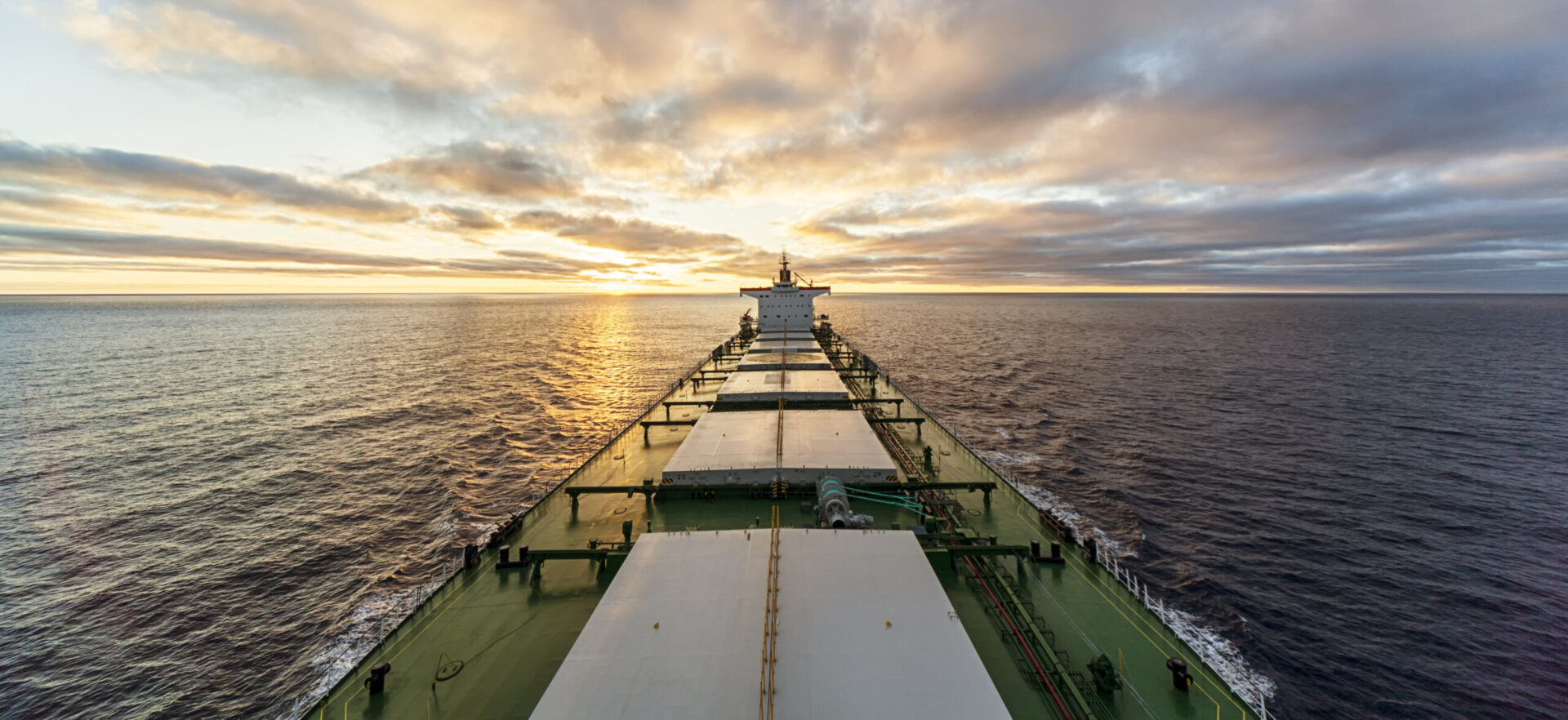Seaborne trade flows are expected to be reshaped, due to China’s and India’s shift towards higher-grade coal imports. In its latest weekly report, shipbroker Xclusiv said that “China’s domestic steel demand continues to experience a marked downturn, deepening concerns over the near-term outlook for the world’s largest steel market. Data from May 2025 indicate a 12.3% year-on-year decline in apparent steel consumption, driven primarily by sustained weakness in the construction sector and broader industrial activity. Daily steel consumption averaged 2.44 million metric tons in May, down 4.3% from April and reflecting a multi-year low not seen since the property market crisis began in 2021. This contraction follows a 3.9% decline in cumulative steel consumption over the first five months of 2025 compared to the previous year, and represents a 16.6% drop from the same period in 2021, when China’s property boom peaked”.
According to Xclusiv, “the decline in demand is exacerbated by seasonal factors, with the traditional summer construction slowdown expected to further depress steel use in June and July. More troublingly, market sources suggest that the usual seasonal rebound in August and September could be weaker than historical norms, partly due to an export surge earlier in 2025 as Chinese mills accelerated shipments to avoid anticipated tariff hikes. This frontloading of steel exports has shifted some overseas demand from the second half of the year to the first, raising concerns that export volumes may soften later in 2025 as trade tensions and anti-dumping measures take greater effect. Despite falling domestic consumption, Chinese steel production has risen modestly in June, underpinned by strong export orders and improved profitability driven by lower raw material costs. This divergence between production and consumption puts additional pressure on domestic inventories and prices, potentially prolonging market imbalances”.
The shipbroker added that “turning to the coal sector, China and India’s shift toward higher-grade, energy-dense coal imports is reshaping seaborne coal trade flows. Both nations have sharply cut purchases of Indonesian low- and medium-calorific-value coal, with Indonesian exports to China and India falling by 12.3% and 14.3%, respectively, in the first five months of 2025. This reduction results from growing competition from Mongolian coal in China and South African coal in India, whose higher calorific value and falling prices have made them more cost-effective amid global price declines. This import pivot holds significant implications for dry bulk shipping. The decreased Indonesian coal volumes suppress demand for smaller bulk carriers traditionally serving Southeast Asian export routes. Meanwhile, the rise in Mongolian coal exports to China and South African coal shipments to India creates longer haul trades for Panamax and Supramax vessels, bolstering demand on key Asia-Pacific and Indian Ocean routes. Furthermore, China’s policy of expanding domestic coal consumption to offset export losses in Indonesia may provide limited support to regional cabotage but will not fully counterbalance reduced international shipments”.
Xclusiv concluded that “combined, these trends suggest a softening of Capesize demand tied to iron ore shipments as China’s steel appetite wanes, challenging freight rates in the largest dry bulk segment. The pressure is amplified by the likelihood of weaker seasonal recovery in steel demand and heightened export risks from trade barriers. At the same time, medium-sized bulkers may benefit from shifting coal trade patterns that favor higher-calorific coal flows from Mongolia and southern Africa, increasing ton-mile demand despite volume reductions from Indonesia”.
Source: Hellenic Shipping News Worldwide




